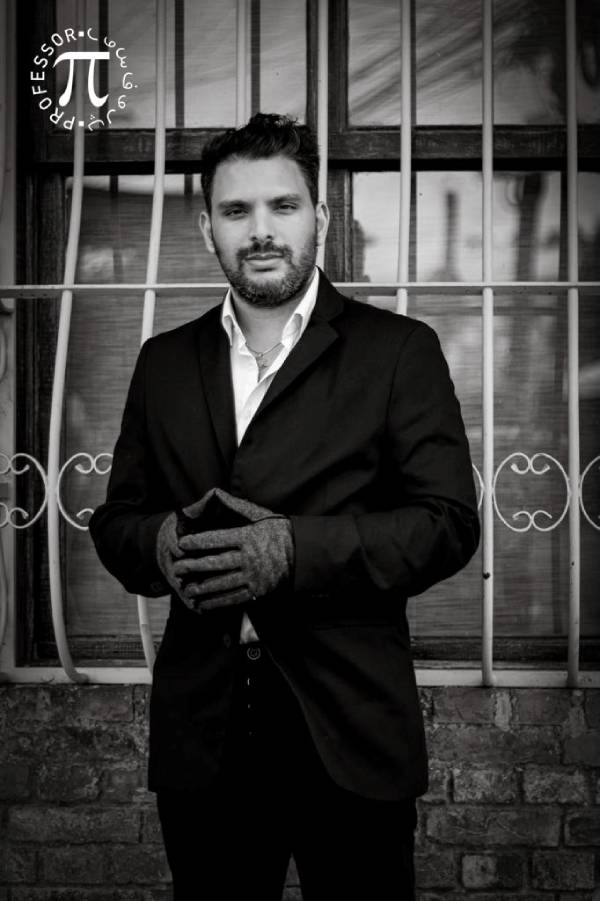Entertainment
What is group art therapy?Parsa Peykar, in response to this question, says

Group art therapy is a process that combines the healing quality of art with group psychotherapy. In any art therapy group activity, people are involved in the core process of creation and must somehow share their work with others so that group members can discuss their work analytically both during and after the production process. The result of this collective participation in creating a work of art is that the psychological aspects are preferred to the artistic capabilities of the work. The artwork created because of such a process can serve as an opportunity to share motivations, analyzes, sweetness in visual perception, and projection of repressed conflicts and excitements of the patients.

Art therapy for children, according to Parsa Peykar:
Children’s art therapy is often confused with play therapy for many reasons. Play therapists introduce art-based activities when working with children, when appropriate; Similarly, art therapists work with children includes play activities [toys, dolls, tools, and games] to complement art therapy and stimulate creative work (creative expression) in children. However, doing artwork within a therapeutic situation is slightly different from playing. Because it encourages many patients to create tangible artwork. Art therapists also help children in their work to visually express and record their experiences, perceptions, feelings, and imaginations; They take advantage of their vast knowledge of the art world and use art-based approaches to enhance the ability of young patients to communicate through creative work. This is a brief description of how and why art therapy works.
Sensory, non-verbal based. By its simplest definition, doing a work of art (artistic expression) is a form of non-verbal communication. For children who may not express their thoughts, feelings, emotions, or perceptions clearly, this is one way of saying things that are difficult to express in words. For a person who has experienced rape, this is a way to “speak without speaking” when they are unable or afraid to talk about specific events or feelings. At the same time, it is an intuitive approach that allows children to experience for themselves and communicate on multiple levels – visual, tactile, dynamic, and more, not just listening [talking], but seeing through pictures [art]…
Doing art (art expression), especially painting, provides helpful information about the development of children, especially in 10-year-old children and younger.
For example, differences in artistic development can help us understand some emotional experiences, the integration of senses and cognition – but only partly because most of the widely published information comes from primary Western cultures. Despite this challenge, recently accepted levels of artistic development, especially in young children, are still generally helpful and provide valuable information that is not always achieved through dialogue therapy alone.
About play therapy and art therapy, Parsa Peykar says:
Art therapy is an opportunity to express metaphor through art. One of the strengths of both approaches is to encourage and improve their storytelling abilities. Telling a story about a painting, design, collage, or structure should not be equated with the principle of healing. A child who has experienced a post-traumatic stress disorder or an emotional disorder may only make up fictional stories. With the support and guidance, these stories can be a calm and safe way to get rid of distressing and terrifying experiences.
-

 Business3 weeks ago
Business3 weeks agoNayef Doleh Examines International Humanitarian Fundraising Strategies
-

 Business2 weeks ago
Business2 weeks agoHow to fill MSME Form 1? Step-by-Step Guide
-

 Business4 weeks ago
Business4 weeks agoHow Black Banx is Redefining Global Banking Strategies in 2025
-

 Education4 weeks ago
Education4 weeks agoSchool Of Odd Thinkers – Think Odd, Learn a lot, and Earn a lot
-

 Tech4 weeks ago
Tech4 weeks agoMicrosoft Teams to End SMS Messaging Feature Support for Android Phones and Switch to Phone Link App as Alternative
-

 Festivals & Events3 weeks ago
Festivals & Events3 weeks agoInteresting Facts about St. Patrick’s Day
-

 Education4 weeks ago
Education4 weeks agoJeffrey Laino Offers a Close Look at Literary Analysis Implementation
-
Business3 weeks ago
From Marine to Chief: The Leadership Journey of Sean Mannix













